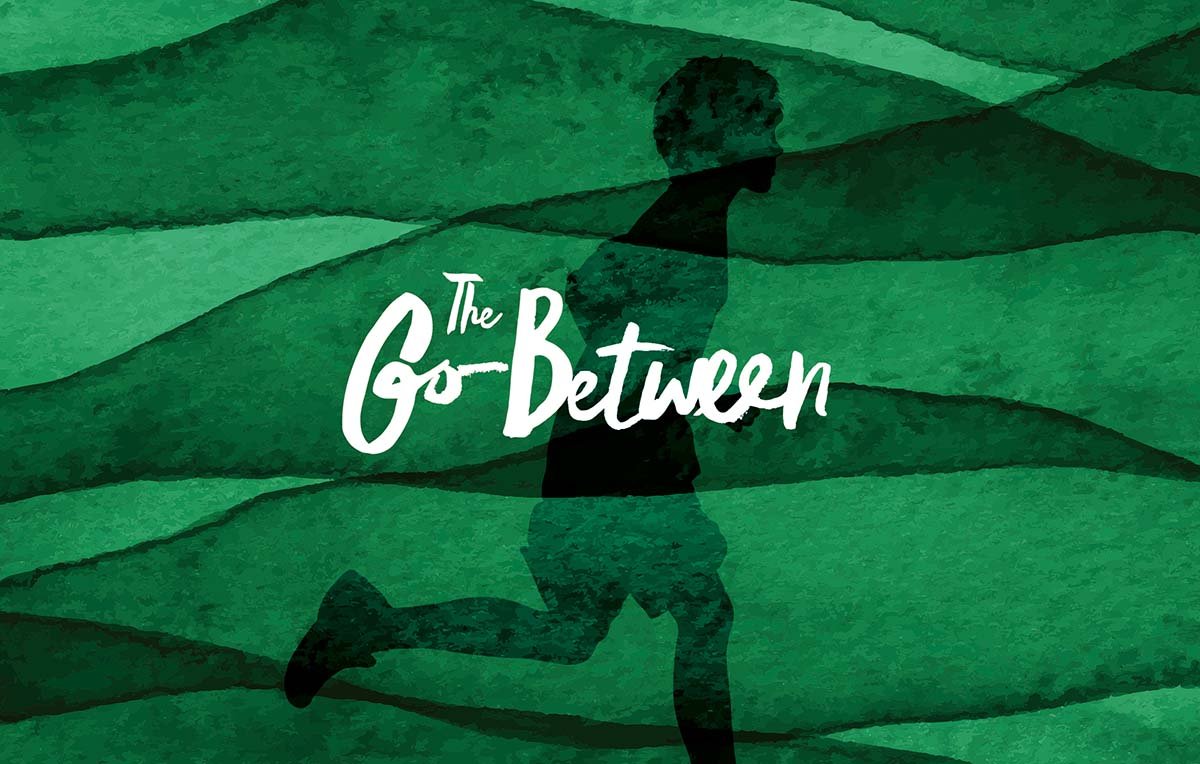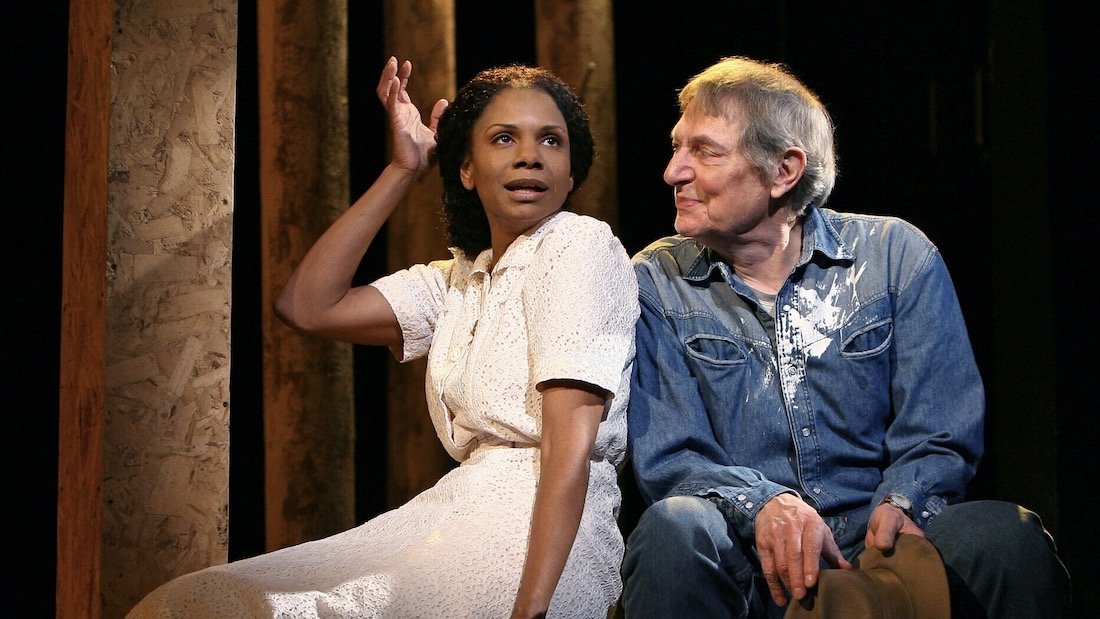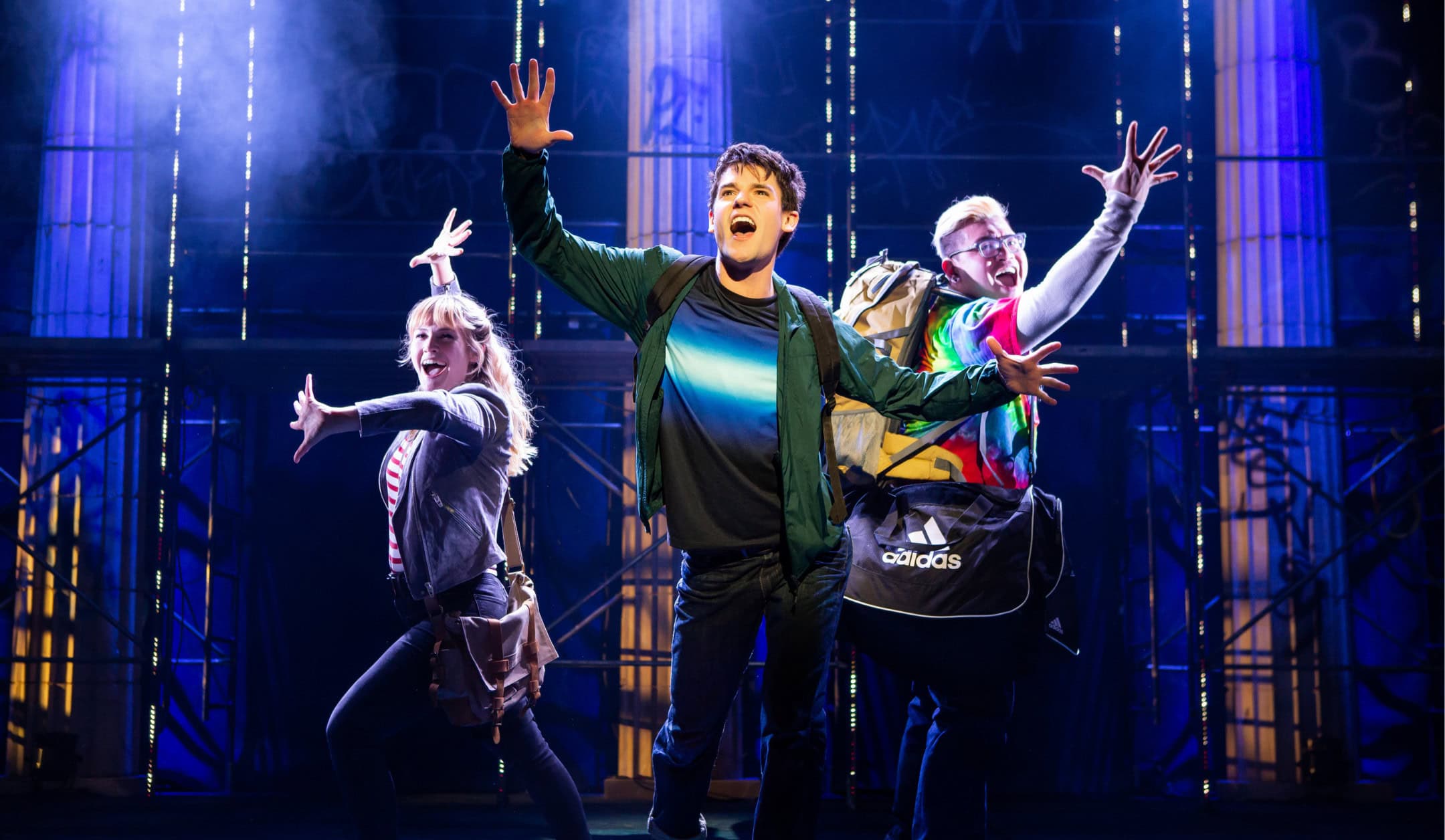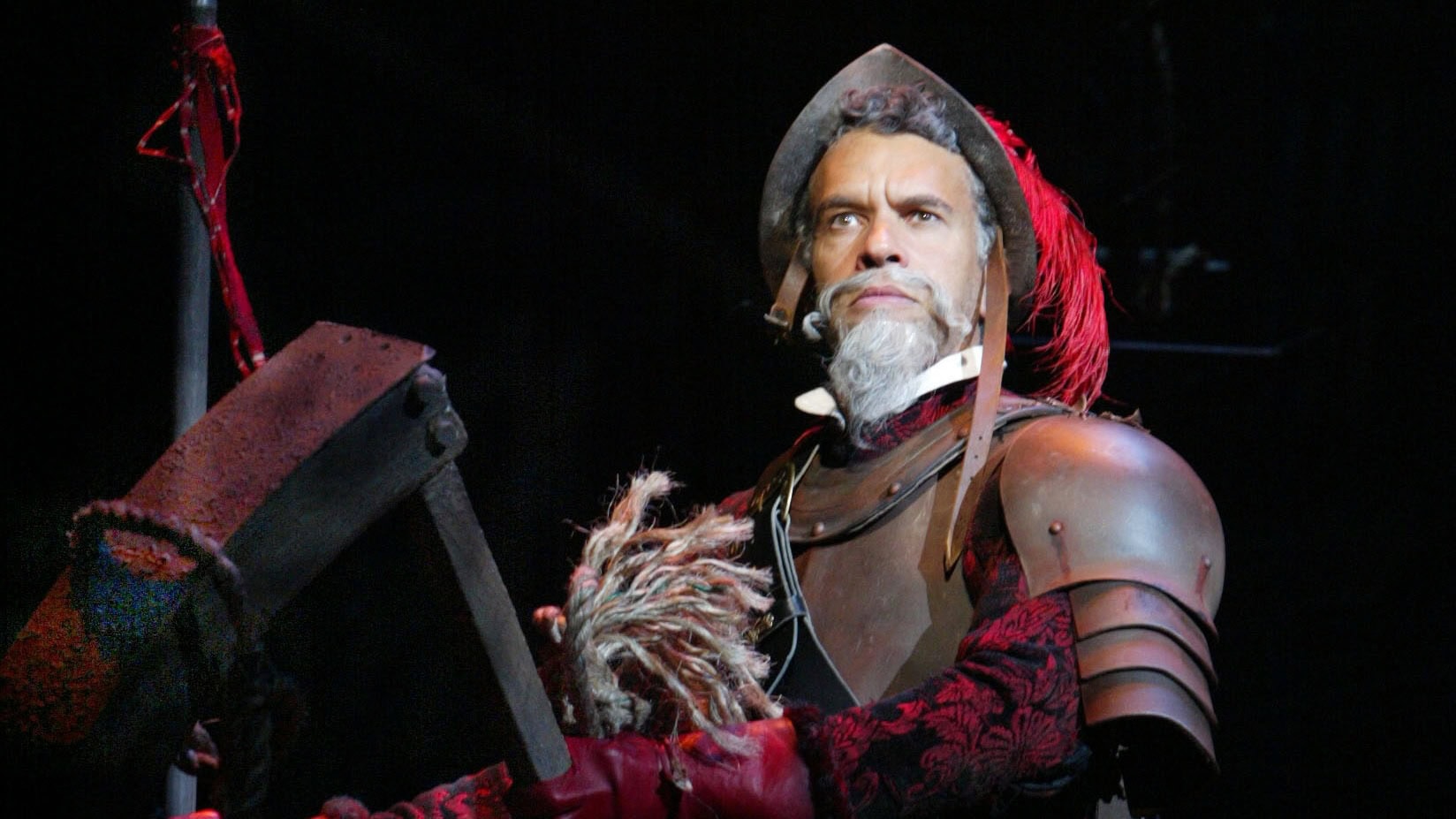
Richard Taylor is the composer and lyricist of new musicals Flowers For Mrs Harris and The Go-Between, both of which won Best Musical Production at the UK Theatre Awards in 2016 and 2012 respectively. We caught up with Richard about writing The Go-Between with David Wood, and how they went about adapting L. P. Hartley’s classic novel into a moving show for contemporary audiences.
Can you remember what the first musical was that you experienced, whether by watching it in the theatre or listening to the score?
My parents were neither theatre-goers nor particularly even music-lovers, so my early musical education was mainly gleaned from whatever my older sisters played on record players in their rooms, or my piano teacher put in front of me. Somehow, though, I was always drawn to music or songs that had a narrative of some kind, that told stories. I wasn’t introduced to musicals, or the form at all, until I played drums for a school production of Joseph, and then saved up to buy the cast album of Barnum, starring Michael Crawford (who I was a great fan of from his television work). I wore that album out completely, and though I couldn’t ever get to see the show, I felt I almost didn’t need to because the music seemed so complete, and the artistry of that central performance was clearly felt in every syllable. I then went to music conservatoire, as a pianist and composer, and while my horizons expanded considerably I still always feel the narrative ability of music very powerfully. Of course, I then got the chance to work with Michael Crawford very closely on The Go-Between, and learned endlessly from that unequalled artistry first-hand.
How did you come to work with David Wood on The Go-Between, and what was the collaboration process like?
I’d written the music for a production of his play Tom’s Midnight Garden and was very impressed by the way he captured the Victorian time and place through language, and his fluid theatricality. I wrote him a bit of a fan letter, tentatively mentioning The Go-Between as an idea, and he called me the next day. David is a joy to work with. His experience in writing for young people has made him a brilliant editor, invaluable with a novel as intricate and multi-layered as The Go-Between: he knows how to steer a line through the most essential aspects of plot, and what to leave behind. The first thing he said was “everything has to be seen through young Leo’s eyes. If he doesn’t see it, we don’t see it”. It seems so simple, but it’s a brilliantly clear thought. I’d already sketched love duets between Marian and Ted, for example, but of course the tension would be killed immediately if we allowed ourselves to see them in any way Leo doesn’t. So they were quickly discarded. Everything is about what isn’t seen or said, until the very (explosive) end.
It must be both exciting as well as a little daunting to work on an adaptation of such a well-known classic. What do you feel has been added to The Go-Between by bringing the story to the stage as a musical? What do you want audiences to take away from the show?
This really is a story that tackles big themes – the meaning of life, or, at least, the meaning of living. What happens when one grows from child to adult? What does one learn, and what is left behind? It’s profoundly moving, with a definite emotional residue that lingers long after turning the final page. It was this sense I wanted to capture at the end of our theatrical adaptation. There is closure, and acceptance, but the lesson that his life had in fact been a life well-lived is something it’s taken our central character fifty years, and the reliving of suppressed memories in real time before our eyes, to learn. But how to tell that in a way that demanded to be put on the stage, and felt at home on a stage? A key to unlocking how to do this was found in the scene (early in the novel, but towards the end in our adaptation) where younger Leo confronts his older self, accusing him of ruining the life he had set up so well for him. Two time-worlds colliding. We had also, early on, written the lawn scene where Leo is first introduced to the Maudsley family. How thrilling, we thought, if narrator Colston finds this memory too painful to watch, and turns away, only to have the characters seated on the lawn stare directly at him and order him to watch this, before continuing their scene as though nothing had happened. From this our dual-time storytelling style developed, and the so-called ‘Memory-characters’ were born, allowing anyone to slip in and out of realtime or memory time in an instant. And with this came an innate theatricality. As an audience, we quickly accept the ‘rules’ that narrator Colston can see everything, but no one can see him. But when that line is suddenly crossed, there on the lawn, or again when young Leo suddenly looks directly into the eyes of his older self, mid-way through act two, there are crackles of theatrical magic. This moment is also when young Leo sings for the first time (apart from his recital song at the cricket supper). Up until now he has only spoken, leaving the singing to his older-self. But now he adopts the language of adults, the language of deceit and lies. “I’ll fight fire with fire!”
The piece is scored for a single piano. Can you tell us a bit about the decision behind this, and what performers can expect from it?
The show evolved through a number of workshops, during which not only were dramatic and musical possibilities ‘road-tested’, but also staging ideas. At one point the single piano found its way onto the stage, and it became, by default, almost a ‘safe-space’ for Colston to return to. The two – Colston and the piano – quickly seemed to become almost one. The piano represented in an expressionistic way the highs and lows of one man’s life. As a piece of furniture on the stage it was seen and not seen, as Colston was himself. And it brought a presence and immediacy to the musical underscore that might run under a scene, because it was Colston’s anxiety, or elation, or fury, the music was representing, and Colston was right there on stage also, watching, interfering. At various times, during the show’s development, other instruments, and a pit band, were offered. But something would be lost. This felt like the most intimate chamber piece, with the turmoil and romance of Chopin, Liszt and Beethoven. Other instruments somehow diluted the clarity. When we first produced the show I asked audience members about their reaction to realising there was no pit band. Often they admitted to being surprised at first, but everyone said they very quickly forgot about it, and it sounded ‘complete’. Our musical director used to say it wasn’t a score for one player, it was a score for ten fingers! And he’s right, it’s not at all a ‘piano-reduction’, in the way most show vocal scores are, it’s a score for piano. That’s a very different thing.
Did you have a favourite moment in the West End production?
The cricket scene, which starts act two, was always something I looked forward to. On the page it could look dauntingly complicated, with the colliding past and present worlds, but the audience were never lost. Partly this was Roger Haines’ beautiful direction, with constantly shifting focus, but by this time the audience were very comfortable with the convention of who could see who, and in what context. It’s also a moment to get lost in the simple thrill of who will win or lose the match, and the uncluttered excitement of Leo’s ultimate triumph. A rare moment untinged by any regret or double-life scheming.
Do you have a particular writing routine, or does this vary depending on what project you’re working on?
My general routine is to write at my desk, often with the book-w
riter hundreds of miles away on the end of an email, but never in the same room. I write all the music in this way, directly onto manuscript paper, and only go to the piano when I’ve finished the scene/song. I find hearing the music in my head a much clearer way to write than at a keyboard, when the muscle-memory of my fingers tend do all the work, and chords and patterns can so easily begin to sound the same. I’ve been known to not play accompaniments at all until an actor is there with me, learning the song, and then I suddenly find I can’t play it! I now save my embarrassment and make sure I practice what I’ve composed first!
What are you working on next?
As The Go-Between was nearing completion, and opening in London, I also had another production, Flowers For Mrs Harris, opening. Talk of unfortunate timing! This recently was developed further and played in a new production at the Chichester Festival Theatre. I’m now taking some time to have a play and test different waters. Writing musical theatre is a long-haul activity, and whilst I always have a bulging bottom drawer of ideas, I jump into one very carefully!
Purchase the playscript for The Go-Between by L. P. Hartley, Richard Taylor and David Wood. Learn more about licensing a production in the UK.

Plays that Inspired Musicals

QUIZ: Which Character from The Lightning Thief Are You?

